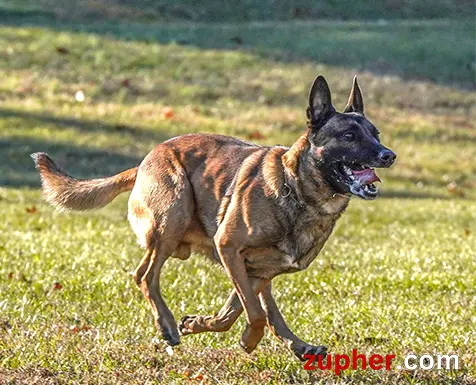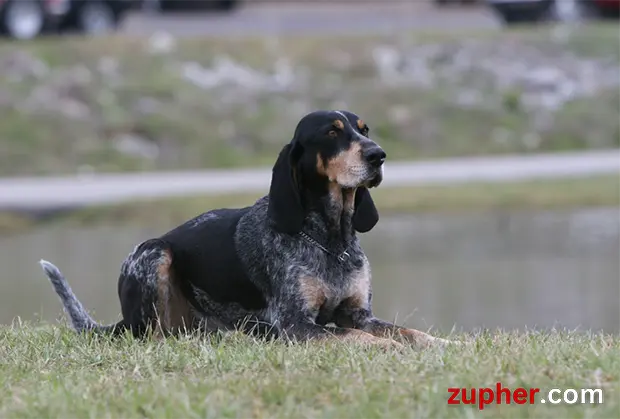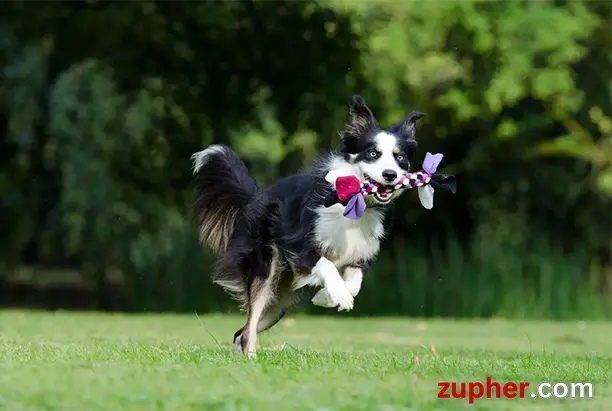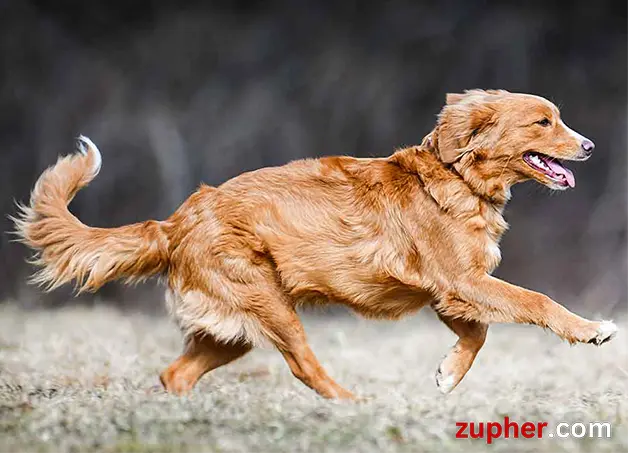Are There Any Age Restrictions for Dogs in Sports?

Introduction
Dog sports are organized activities where dogs and their owners compete in various events to showcase the skills and abilities of the dogs. These sports are becoming increasingly popular worldwide due to the fun and bonding they provide for both dogs and owners. Understanding age restrictions in dog sports is crucial for ensuring the safety and well-being of the participating dogs.
A. Definition of Dog Sports
Dog sports refer to organized competitions where dogs participate in various activities such as agility, obedience trials, flyball, and dock diving. These sports aim to test the agility, obedience, speed, and intelligence of dogs while strengthening the bond between dogs and their owners.
B. Growing Popularity of Dog Sports
In recent years, dog sports have gained significant popularity among dog owners as they offer a fun and engaging way to interact with their pets. Participation in dog sports provides both physical and mental stimulation for dogs, helping to keep them healthy and happy. Additionally, these events foster a sense of community among dog enthusiasts, creating opportunities for socialization and camaraderie.
C. Importance of Understanding Age Restrictions
Understanding age restrictions in dog sports is essential to ensure the safety and well-being of the participating dogs. Different sports may have specific age requirements based on the physical and developmental needs of the dogs. Adhering to these age restrictions helps prevent injuries and ensures that the dogs are ready to compete at their best. Additionally, respecting age restrictions promotes fair competition and encourages responsible ownership by considering the individual needs of each dog.

Overview of Dog Sports
Dog sports encompass a variety of activities where dogs and their owners compete together. These sports include agility, obedience, flyball, and more. Engaging in these sports offers numerous benefits for both dogs and their owners, such as physical exercise, mental stimulation, and strengthened bonds. However, it’s crucial to ensure fair regulations to maintain the competitive spirit of these sports.
A. Various Types of Dog Sports
Dog sports come in various forms, each testing different skills and abilities. Agility involves navigating obstacles like jumps and tunnels, while obedience focuses on following commands with precision. Flyball requires speed and coordination, with dogs racing to retrieve a ball. These diverse activities cater to different interests and strengths, providing opportunities for dogs of all breeds and sizes to participate.
B. Benefits of Participating in Dog Sports for Both Dogs and Owners
Participating in dog sports offers numerous benefits. Dogs receive physical exercise, mental stimulation, and opportunities for socialization, contributing to their overall health and well-being. For owners, these sports provide opportunities for bonding with their pets, as well as social interactions with other dog enthusiasts. Additionally, the sense of achievement from training and competing together strengthens the owner-dog relationship.
C. The Competitive Aspect of Dog Sports and the Need for Fair Regulations
While dog sports are enjoyable activities, they also have a competitive aspect. To maintain fairness and integrity in competitions, it’s essential to establish and enforce regulations. These regulations may include age restrictions to ensure that dogs are physically and mentally ready to compete. By adhering to fair regulations, dog sports can continue to provide enjoyable and rewarding experiences for participants while upholding the principles of sportsmanship and fairness.

Factors Influencing Performance in Dog Sports
Various factors influence how well dogs perform in sports competitions. Understanding these factors is crucial for ensuring that dogs are ready to compete at their best.
A. Physical Attributes and Capabilities of Dogs
The physical characteristics of a dog play a significant role in its performance in sports. Factors such as size, strength, agility, and stamina can affect how well a dog navigates obstacles, follows commands, or retrieves objects in competitions. Dogs with specific physical attributes may excel in certain sports more than others.
B. Training and Conditioning Methods
Effective training and conditioning are essential for preparing dogs for sports competitions. Training methods focus on teaching dogs the necessary skills and behaviors required for each sport, such as jumping over hurdles, responding to commands, or fetching objects quickly. Conditioning ensures that dogs are physically fit and capable of performing at their peak during competitions.
C. Behavioral Maturity and Readiness for Competition
Behavioral maturity refers to a dog’s ability to focus, follow instructions, and maintain composure in various situations, including competitive environments. Dogs need time to develop these behavioral traits, and pushing them into competitions before they’re ready can be detrimental to their well-being. It’s essential to assess a dog’s readiness for competition based on its behavioral maturity and temperament.

Age Restrictions in Different Dog Sports
Different dog sports may have varying age restrictions to ensure the safety and well-being of the participating dogs and promote fair competition.
A. Agility Sports
Common Age Restrictions and Guidelines
Agility sports typically have age restrictions that vary depending on the organization and level of competition. For example, some organizations may require dogs to be at least 18 months old to compete in agility events.
Reasons Behind Age Restrictions
Age restrictions in agility sports are primarily based on safety concerns and the physical development of dogs. Younger dogs may not have fully developed muscles, bones, and coordination needed to safely navigate agility courses, increasing the risk of injuries.
B. Obedience Trials
Age Requirements for Participation
Obedience trials often have minimum age requirements for dogs to participate. Dogs are typically required to be at least six months old to compete in obedience trials.
Impact of Age on Training and Performance
Age can affect a dog’s ability to learn and perform obedience tasks. Younger dogs may have shorter attention spans and require more patience and repetition during training. Older dogs may have developed better focus and understanding but could face physical limitations due to age-related factors.
C. Other Dog Sports (Flyball, Dock Diving, Disc Dog, etc.)
Variability in Age Restrictions Across Different Sports
Age restrictions in other dog sports such as flyball, dock diving, and disc dog competitions can vary widely. Some sports may have minimum age requirements similar to agility and obedience sports, while others may not have specific age restrictions.
Considerations Specific to Each Sport
Each dog sport has its unique requirements and considerations regarding age restrictions. For example, in flyball, dogs need to be physically fit and have sufficient stamina to race and retrieve balls, while in disc dog competitions, dogs need agility and coordination to catch flying discs accurately.

Controversies and Debates Surrounding Age Restrictions
Age restrictions in dog sports spark debates among owners, trainers, and regulatory bodies, each with their perspectives and arguments.
A. Perspectives of Dog Owners and Trainers
Dog owners and trainers may have differing opinions on age restrictions in sports. Some may believe that younger dogs should be allowed to compete to gain experience and socialization, while others may prioritize the safety and well-being of dogs and advocate for stricter age limitations.
B. Arguments for and Against Strict Age Limitations
Arguments for strict age limitations often revolve around concerns for the physical health and development of dogs. Advocates may argue that younger dogs are more prone to injuries due to their immature bodies and lack of experience. On the other hand, opponents of strict age limitations may argue that with proper training and conditioning, younger dogs can safely participate in sports and benefit from the experience.
C. The Role of Regulatory Bodies in Setting Age Restrictions
Regulatory bodies play a crucial role in establishing and enforcing age restrictions in dog sports. These organizations consider various factors such as safety, fairness, and the well-being of the dogs when setting age limitations. They often consult with experts in veterinary medicine and canine behavior to determine appropriate age restrictions for different sports.
Practical Considerations for Dog Owners and Trainers
Ensuring the readiness of dogs for sports participation involves careful assessment, consultation, and tailored training programs.
A. Assessing Individual Dog’s Readiness for Sports Participation
Before engaging in sports, owners and trainers must evaluate the physical and behavioral readiness of their dogs. This assessment considers factors such as age, breed, health condition, and temperament to determine if the dog is suitable for sports activities.
B. Importance of Consulting with Veterinarians and Trainers
Consulting with professionals such as veterinarians and experienced trainers is essential for guiding decisions regarding a dog’s sports participation. Veterinarians can assess the dog’s overall health and provide recommendations for any necessary precautions or modifications to training programs. Trainers can offer insights into appropriate training methods and techniques tailored to the individual needs of the dog.
C. Tailoring Training Programs Based on Age and Physical Condition
Training programs should be customized to accommodate the age and physical condition of the dog. For younger dogs, training sessions may focus on building foundational skills gradually to prevent injuries and ensure proper development. Older dogs may require modifications to training intensity and duration to account for age-related changes in stamina and recovery abilities.
Case Studies and Examples
Real-life examples provide insights into the outcomes of age restrictions in dog sports, highlighting both successes and challenges.
A. Successful Instances of Young Dogs Excelling in Sports
Some young dogs have demonstrated exceptional talent and success in sports despite their age. These instances showcase the potential for young dogs to excel with proper training, support, and consideration of their abilities and limitations.
B. Instances Where Age Restrictions Have Been Challenged or Modified
There have been cases where age restrictions in dog sports have been challenged or modified due to various reasons. These instances may involve advocacy for younger dogs to participate based on exceptional skills or adjustments to age requirements to better align with the evolving understanding of canine development and behavior.
C. Lessons Learned from Real-Life Experiences
Real-life experiences in dog sports offer valuable lessons for both owners and regulatory bodies. These experiences highlight the importance of flexibility in age restrictions to accommodate exceptional cases while ensuring the safety and well-being of all participating dogs. Additionally, they underscore the need for ongoing evaluation and adaptation of regulations based on emerging knowledge and practical observations.
Conclusion
In wrapping up the discussion on age restrictions in dog sports, it’s essential to summarize key points, highlight the importance of safety and inclusivity, and consider future refinements.
A. Recap of Key Points Discussed
Throughout this exploration, we’ve delved into various aspects of age restrictions in dog sports, including factors influencing performance, controversies surrounding regulations, and practical considerations for owners and trainers.
B. Emphasis on the Importance of Balancing Safety and Inclusivity in Dog Sports
It’s crucial to strike a balance between ensuring the safety and well-being of dogs and fostering inclusivity in dog sports. Age restrictions play a significant role in maintaining fairness and safeguarding the health of participating dogs while also promoting opportunities for dogs of all ages to engage in sports activities.
C. Future Considerations for Refining Age Restrictions Based on Evolving Knowledge and Practices
As our understanding of canine development, behavior, and sports science continues to evolve, regulatory bodies need to adapt age restrictions accordingly. By staying informed and open to advancements in knowledge and practices, we can refine age restrictions to better align with the welfare and needs of dogs participating in sports.
People also ask
What age can dogs compete?
Dogs can compete in sports once they meet the specific age requirements set by each sport’s governing body.
Can you train a 12-year-old dog?
Yes, you can train a 12-year-old dog, but it may require more patience and adaptability.
What is the age limit for dogs?
The age limit for dogs varies depending on the sport and the organization hosting the event.
What age can dogs go running?
Dogs can start running at a young age, but it’s essential to consider their breed, size, and physical condition.
At what age is a dog not trainable?
Dogs can be trained at any age, but older dogs may require more time and effort.
Does age matter when training a dog?
Age can influence training, but with patience and consistency, dogs of all ages can learn.



